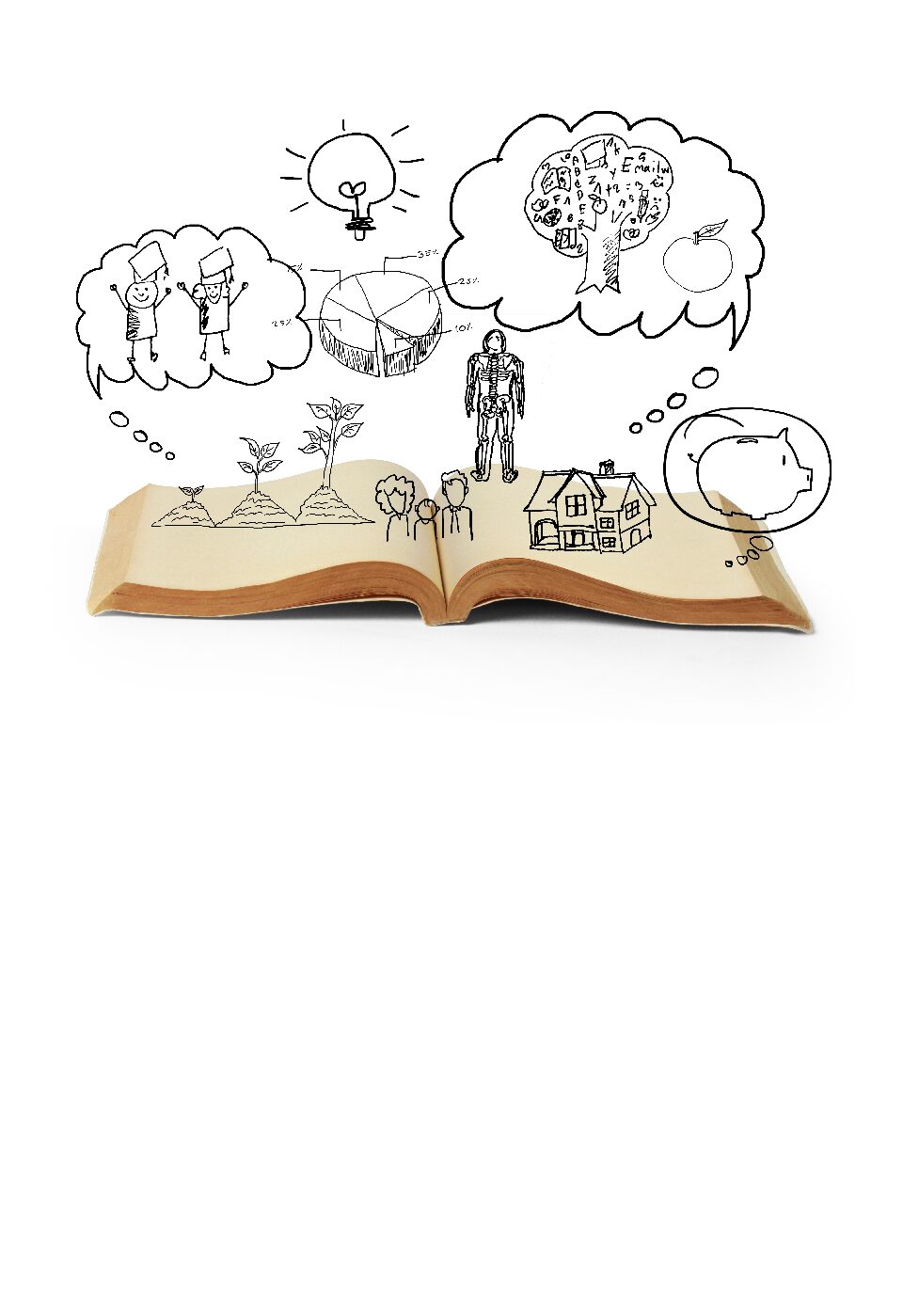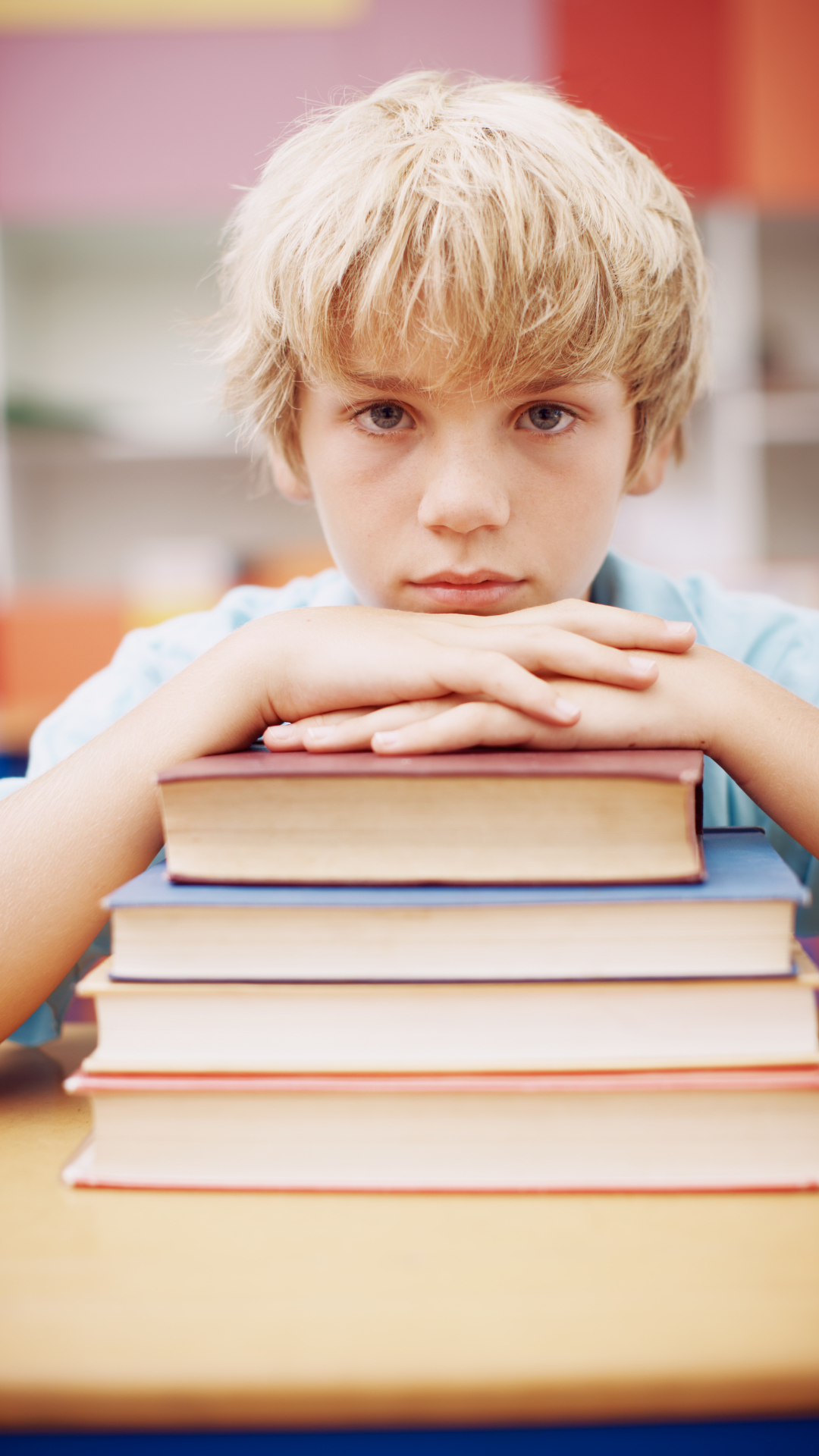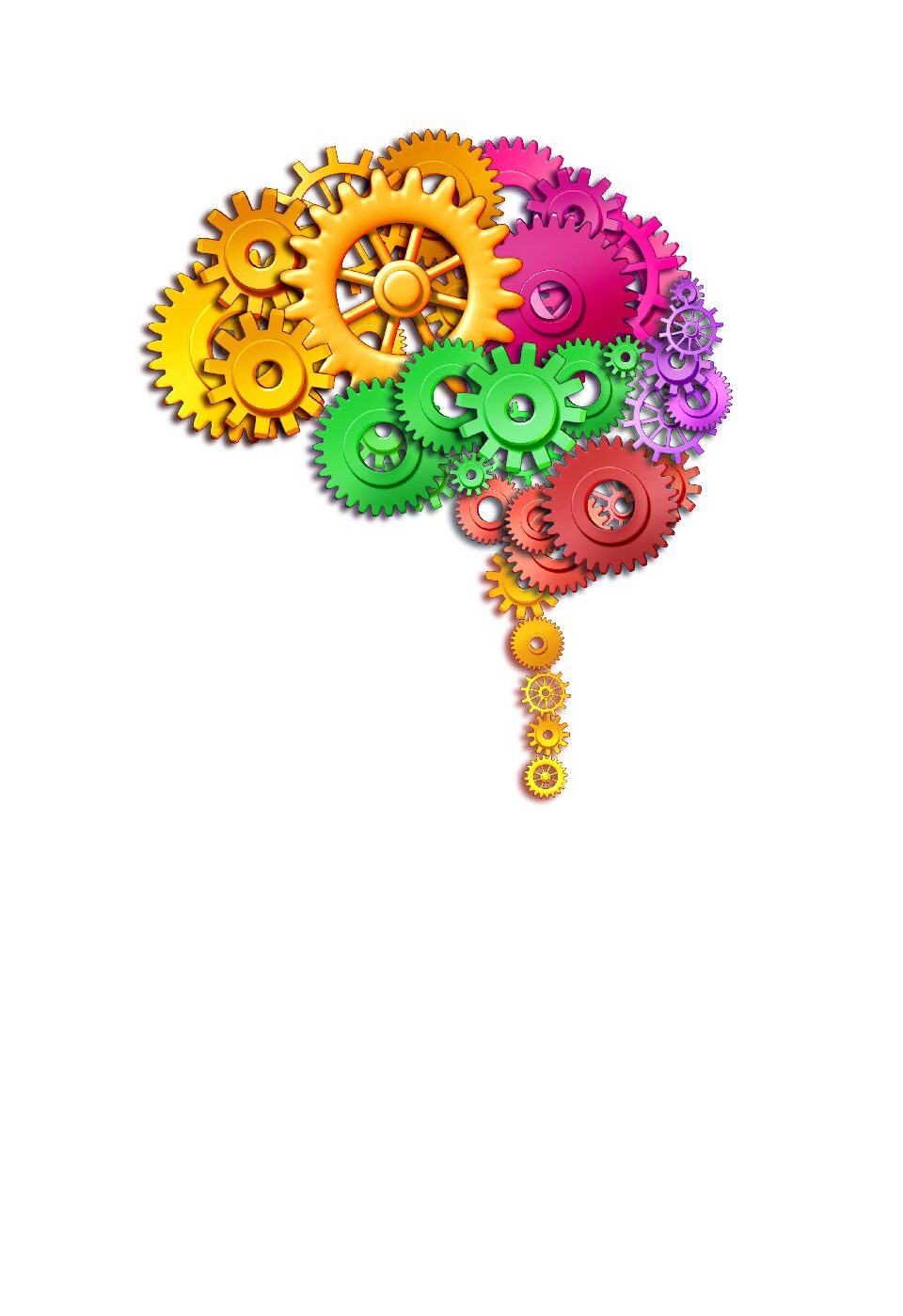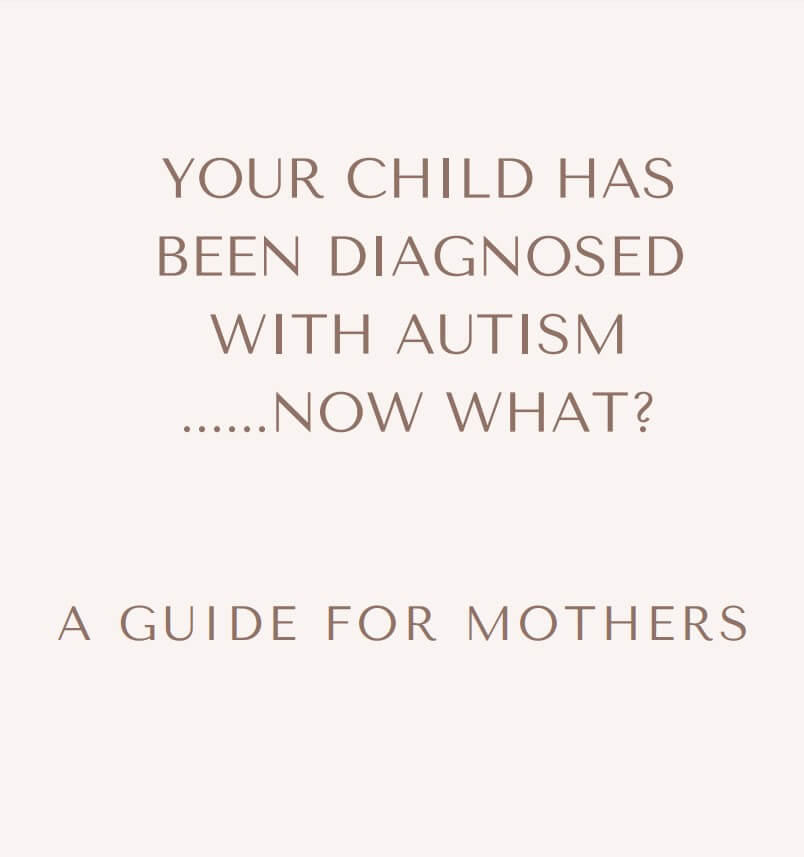
The Empowering Role of Social Stories for Autistic Children and Their Mums
Very much like the visual schedule, social stories hold a very powerful message. They can describe to the reader how all their senses will be impacted through pictures. What they can expect to see, touch, taste, smell and hear. They provide clarity around what social situations they may come up against, expectations of the child and what the appropriate responses would be. Therefore, social stories act as a guide as to how their outing will go.
Although not the quickest tool to create, yet super powerful, I have found social stories to be very powerful in order to manage bigger outings, including:
– Going to the dentist.
– Going to the doctor.
– Getting an x-ray.
– Getting a blood test.
– Going to the airport for a holiday.
– Starting a new school.
– Starting a new playgroup.
– Going to someone’s house for Christmas.
– Going to church.
– Going to a birthday party.
Through social stories we can take a larger topic at hand and break it down into small bite sized pieces so that the child can understand fully what environment they are about to go into, what they an expect, who will be there and what will take place.
A social story can provide:
– Predictability and routine.
– Can improve communication skills.
– Can provide the child with emotional regulation as they’ve walked through the scenario with mum so know what to expect and therefore, there are no unexpected surprises.
– A social story can be tailored to any individual’s needs. There isn’t one cookie cutter way to make a social story. As the creator of the story, you can change how they read so your child’s needs are fully taken care of.
The best way to create a social story is to:
– Identify the situation you’re creating it for.
– Define the purpose of the story.
– When writing the story always keep the child’s perspective in mind and how he or she would interpret the situation.
– KISS: Keep It Simple Stupid!
– Include descriptive words.
– Use visuals to support the story eg) pictures, photos, symbols, facial expressions, etc.
– Sequence the events in the order that they would occur.
– Highlight social cues
– Include positive examples.
– Customize the story for the child.
– Read the story to the child multiple times leading up to the event. Reading it once will not allow for the child to take in what is coming.
– Ask your child questions about the event. This will allow you insight into their mind and what they’re potentially feeling the most anxiety about. If you’re child is non-verbal, you might want to ask the questions aloud and answer them as well.
– Talk to child about their biggest fears or elements that cause them the biggest anxiety.
– Use positive language.
– Celebrate the success at the end of the story.
Programs that you can use to create social stories include:
– Microsoft word or google docs
– Canva
– Powerpoint or google slides
– StoryJumper
– Boardmaker
– Pictello
In short, social stories can be the saving grace between a child having full sensory overload and having a meltdown v’s a child who is aware of what is coming and can manage their emotions.
Have you made a social story for your child? Has it helped with the situation at hand? I’d love to know. DM or email me your answers.
Book in a FREE 30 minute chat with me here.
Download my FREE guide – Your child has been diagnosed with autism……now what?
Join my facebook community to be with like minded mums going through the same journey as you.
Buy my book: #SheSpeaks – Stories of trauma to triumph.












